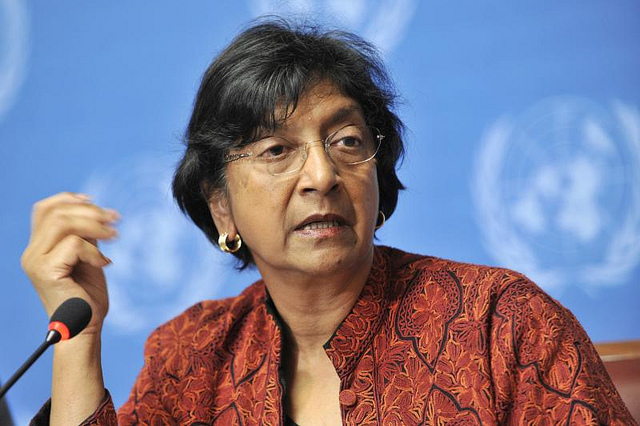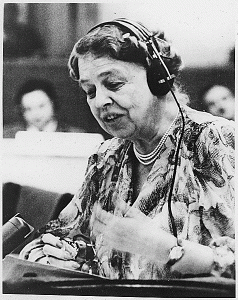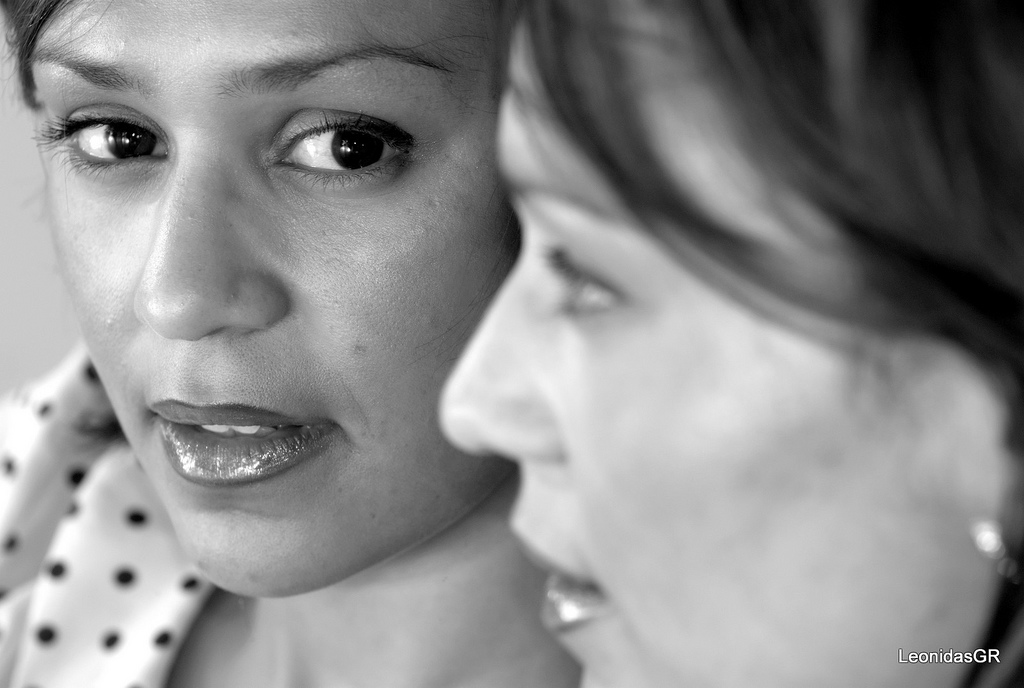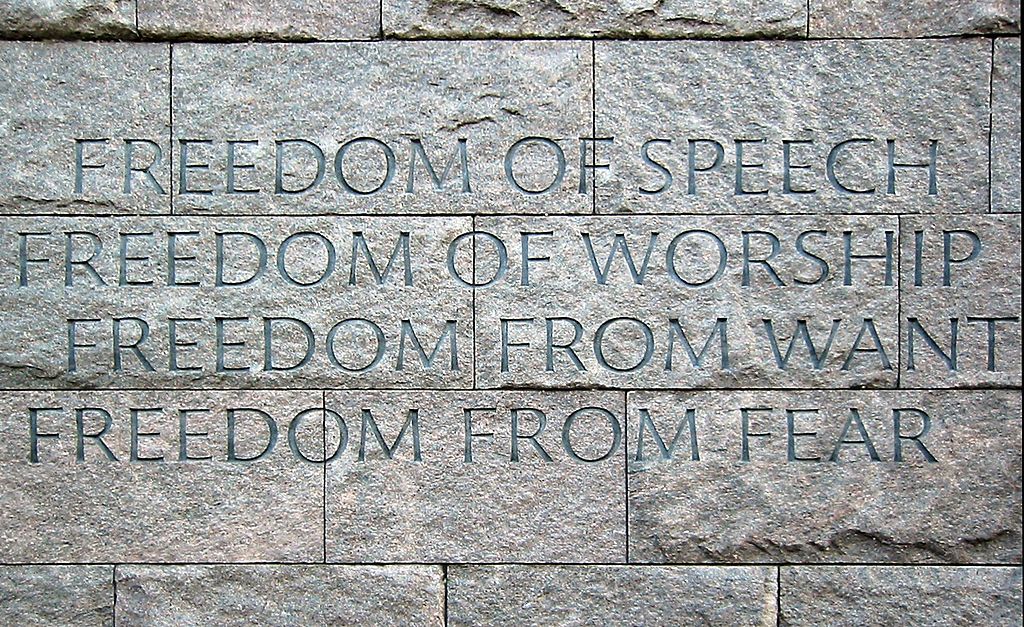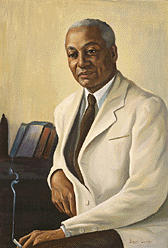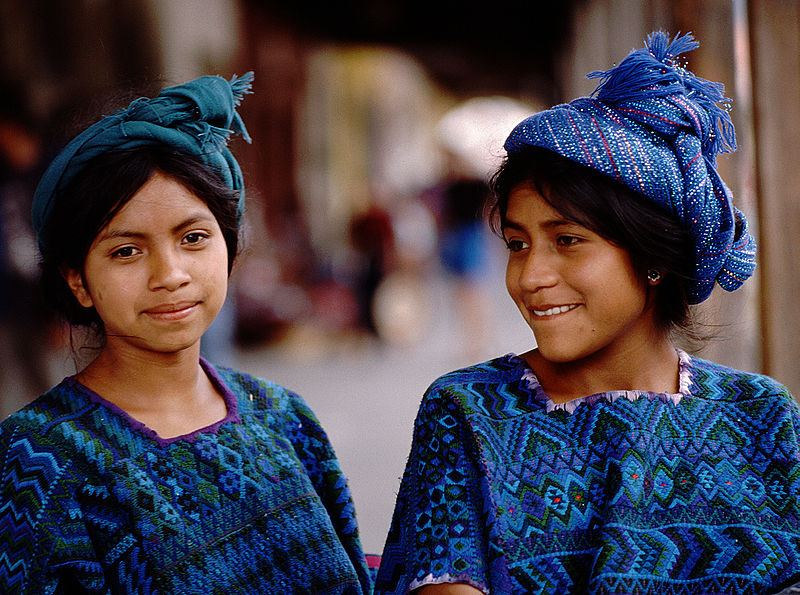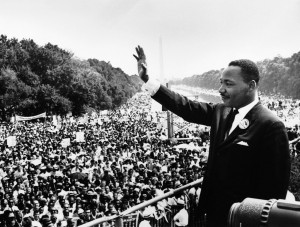-
UN High Commissioner for Human Rights in Australia
As, UN High Commissioner for Human Rights, Navi Pillay, today acknowledged there are a lot of human rights positives for Australia, but there were two issues on which Australia’s record is troubled: Australia’s treatment of indigenous Australians and asylum seekers. “In my discussions with Aboriginal people, I could sense the deep hurt and pain that they have suffered because of government policies that are imposed on them. I also saw Aboriginal people making great efforts to improve their communities, but noted that their efforts are often stifled by inappropriate and inflexible policies that fail to empower the most effective, local solutions. I would urge a fundamental rethink of the measures being…
-
Una visión de un mundo nuevo: Oración de Eleanor Roosevelt
Eleanor Roosevelt fue el primer Presidente de las Comisión de Derechos Humanos de las Naciones Unidas. Su trabajo, con sus colegas, condujo a la adopción en 1948 de la Declaración Universal de los Derechos Humanos. A continuación, según su hijo, es una oración que decía cada noche: Padre nuestro, que ha creado una inquietud en nuestros corazones y nos hizo a todos los buscadores de lo que estamos plenamente nunca puede encontrar, nos permita estar satisfechos con lo que hacemos de la vida. Dibujar nosotros desde contenido de la base y fijar nuestros ojos en los objetivos de la medida. Nos mantienen en tareas muy difícil para nosotros que nos…
-
Australia Ratify Now: Migrant Workers Convention
One by one the world has adopted the major human rights treaties. Early on the general ones: the ones that said everyone has human rights. Then the treaties that tried to make this real for different groups in society. The ones that said we couldn’t discriminate on the basis of race, or against women, or commit torture, or violate the rights of children, or discriminate against disabled people. Just about every country has signed on to these treaties. There was one more major human rights treaty however: the 1990 International Convention on the Protection of All Migrant Workers and their Families. Unlike any of these other treaties not one single western or wealthy nation has ratified it. Countries…
-
Latest Deaths in Detention: Mohammed Asif Atay and Meqdad Hussein
Mohammed Asif Atay and Meqdad Hussein are the latest asylum seekers to die in Australian migration detention centres. Both were young men. Mohammed was aged 19. Meqdad was aged 20. Both were Hazara asylum seekers from Afghanistan. Both committed suicide. Mohammed had been detained for 10 months in the Curtin detention centre in South Australia. He had developed depression in the lead up to taking his own life. His death was reported on 29 March 2011. Meqdad was detained at the Scherger detention centre in North Queensland. Meqdad had recognised as a genuine refugee two or three months before his death. He lost hope when the Australian Security Intelligence Organisation issued an adverse security…
-
Libya’s Migrant Slaves
Among the tragedies befalling the people of Libya, is the tragedy befalling its migrant workers. On 9 March the International Federation of Red Cross and Red Crescent Societies reported that 30,000 migrant workers were forced back into Libya by forces loyal to Muammar Gaddafi to ‘return to work’ in Tripoli. This forced return amounts to slavery. It also violates international human rights in another way: Everyone has the right to leave any country … (article 14(2) Universal Declaration of Human Rights). Almost as soon as the uprising began in Libya the bonds that had held a multi-national community together fell apart. Although nationals and foreigners had lived together and shared their future before the uprising – after the uprising a person’s…
-
Bartolomé de las Casas: Un trabajador de principios de los derechos humanos
Bartolomé de las Casas es uno de los notables en la historia que surgió en el comienzo mismo del movimiento moderno de derechos humanos. Un gran humanista, se enteró de los derechos humanos en su encuentro con el pueblo de América Central y del Sur durante el siglo XVI durante la invasión europea de las Américas. Él utilizó su cargo como fraile dominico y más tarde obispo de defender los derechos humanos de los pueblos indígenas de las Américas. Las Casas llegó a las América como parte de las expediciones coloniales de España, llegando en 1502 en La Española (hoy Haití y la República Dominicana), en el comienzo del encuentro…
-
Bartolome de las Casas: An early human rights worker
Bartolome de las Casas is one of those remarkable people in history who arose at the very beginning of the modern human rights movement. A great humanitarian; he learnt human rights in his encounter with the people of Central and South America during the sixteenth century European invasion of the Americas. He used his office as Dominican friar and later Bishop to uphold the human rights of the indigenous peoples of the Americas. Las Casas came to the America’s as part of the colonial expeditions from Spain, arriving in 1502 in Hispaniola (now Haiti and the Dominican Republic), at the very beginning of the encounter between the Europeans and the people of the Americas.…
-
No One is Illegal
“You who are so-called illegal aliens must know that no human being is ‘illegal’. That is a contradiction in terms. Human beings can be beautiful or more beautiful, they can be fat or skinny, they can be right or wrong, but illegal? How can a human being be illegal?” Elie Wiesel, holocaust survivor, nobel peace prize recipient. If you search for the phrase “No One is Illegal” – you’ll see that its an idea that’s catching on. People are finding the idea relevant in places such as Vancouver, the UK, Montreal, Ottawa, Toronto, Melbourne, Tubingen, Poland and Sweden. Organisations such as change.org and colorlines are speaking out against use of…
-
Love Your Mother
Pictures of planet Earth “our home planet” capture our imagination. This one commemorates Earth Day and its message is simple: we need to love the planet we live on. It’s easy to take our ability to see the whole Earth for granted and to forget that until the ‘Space Age’ at the end of the 1960’s we had simply never seen it that way: we’d never got the whole thing in perspective. “The Blue Marble”, the photograph that appears in our logo, was taken in 1972 by Harrison Schmitt, one of the astronauts of the Apollo 17 mission. Robert Poole is his book Earthrise: How Man First Saw the Earth describes it as ‘A photographic manifesto for…
